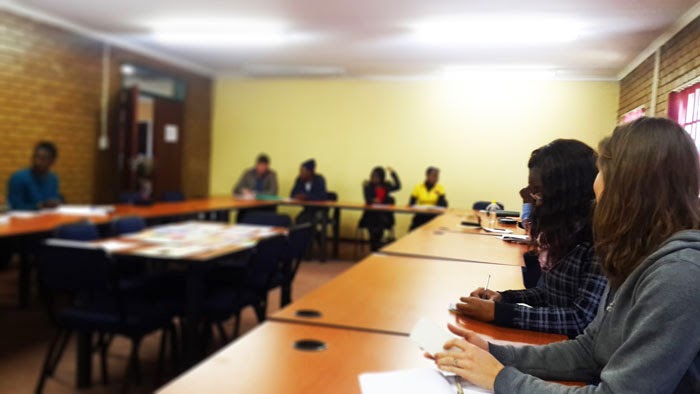The first prototype test was done on the farms through the farmers so that they could interact and give real feedback on the prototype. I started off with explaining how each test was going to work and what the farmers had to do for the next to weeks to maintain the test and on how to give me proper feedback.

Assembling the tests was pretty easy. I started with the planting of the seeds. The seedling trays were filled up with some soil that was mixed with compost that the farmers had on site in buckets. Making holes and planting the seeds was done very plainly through making holes with your finger and dropping a few seeds in the holes. The farmers did point out that the seedlings grow faster if the holes are not too deep as seedlings grow up first.
Initial watering of the seedlings was done through decanting water into buckets and gently sprinkling water over the trays with their hands until the soil was wet .
The reservoirs were then filled up and the inner containers with the seedling trays in it was placed inside the bigger container. The tests were then placed in the kraal while the farmers tried to place them as level as possible.
I will return to the farms on the 17th of September to pic up the tests and see the progress of the seedlings and hopefully apply positive results to the final design.




































